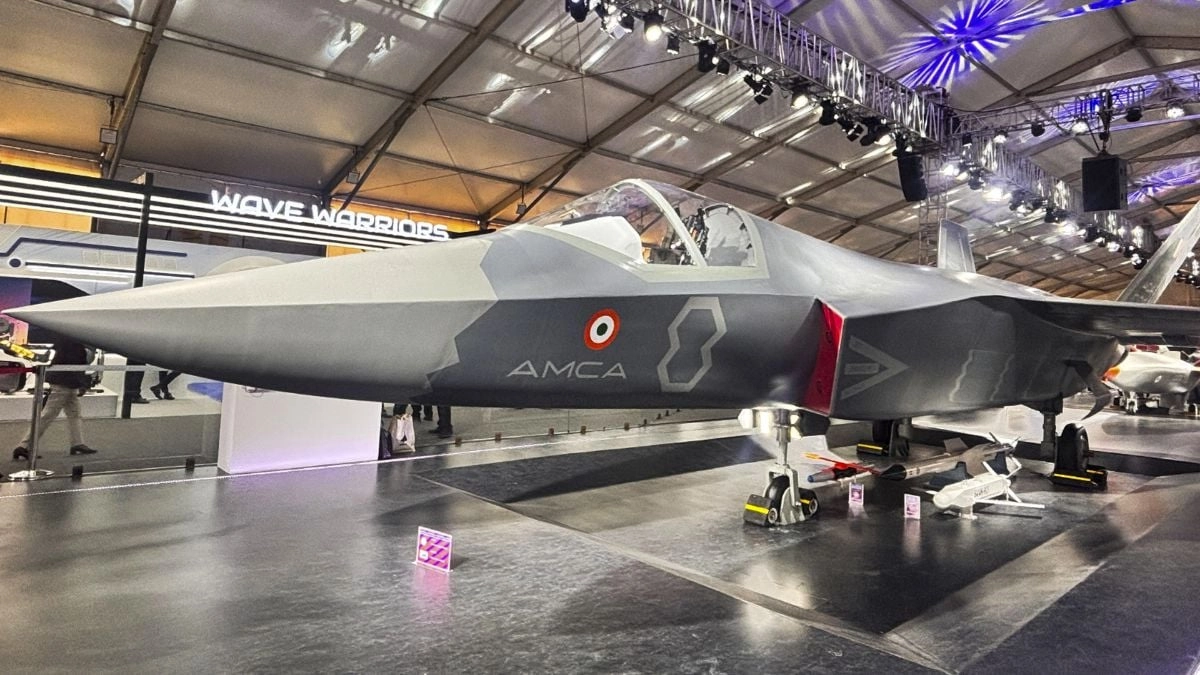India is making significant strides in its defense capabilities with the development of home-built engines for its fifth-generation stealth fighter jets. This initiative is a crucial part of the country’s broader “Make in India” campaign, aimed at enhancing self-sufficiency in defense production and reducing dependence on foreign technology. The indigenous development of advanced jet engines is not just a technical challenge but also a pivotal element in India’s aspirations to emerge as a global player in aerospace manufacturing. With the fifth-generation fighter aircraft, India seeks to combine stealth, advanced avionics, and superior maneuverability, positioning itself alongside other leading nations in military aviation.
The indigenous engine program is being spearheaded by the Defence Research and Development Organisation (DRDO) alongside various public and private sector collaborations. These efforts are focused on creating engines that meet the stringent requirements of modern stealth technology, including reduced radar signatures and improved thrust-to-weight ratios. The successful development of these engines is essential for India’s ambitious plans to produce its advanced fighter jets, such as the Advanced Medium Combat Aircraft (AMCA). By achieving this capability, India aims to not only bolster its national defense but also establish a robust aerospace ecosystem that can cater to both domestic and international markets.
Moreover, the push for indigenous engines plays a significant role in enhancing India’s geopolitical stance. As regional tensions persist, having a self-reliant defense manufacturing capability strengthens India’s strategic autonomy. The ability to produce advanced military aircraft domestically ensures that India can respond to threats and maintain a credible deterrent without being constrained by the timelines or limitations of foreign suppliers. This move aligns with the government’s vision of fostering innovation and technological advancement within the country, thereby stimulating economic growth and job creation in the aerospace sector.
In conclusion, India’s endeavor to develop home-built engines for its fifth-generation stealth jets symbolizes a vital leap towards self-reliance in defense. It represents a confluence of technological ambition and strategic necessity, enabling India to enhance its military capabilities while fostering a thriving indigenous aerospace industry. As this program progresses, it is anticipated to not only transform India’s defense landscape but also position the country as a formidable player in the global aerospace arena, capable of meeting the challenges of the 21st century.




